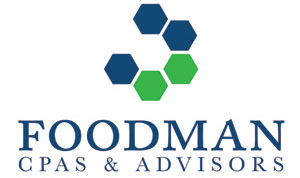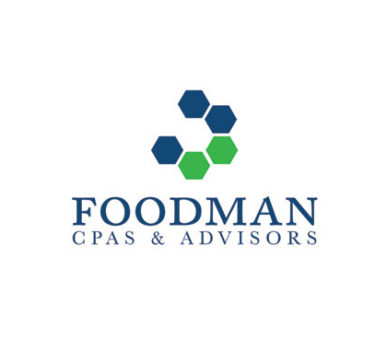The U.S. income tax system is based on the idea of voluntary taxpayer compliance. It is the taxpayer’s responsibility to report all reportable worldwide income. Some people attempt to evade paying taxes by failing to report all or some of their reportable worldwide income. According to the most current Federal Tax Compliance Research Report, there is an estimated US Net Tax Gap (Tax Not Collected) of $406 Billion. While not completely accurate, the Tax Gap may be perceived in some quarters as a term that measures “tax evasion”.
According to the published literature, tax evasion is willfully doing things to avoid reporting reportable income and paying related income taxes. On the other hand, tax avoidance involves using whatever legal means that one chooses to reduce one’s current or future tax liabilities and is actually encouraged by the Internal Revenue Service (IRS).
Many times, “Evasion” works through “Flow-Through” entities via indirect linkages
Trusts, partnerships, and subchapter S corporations and Limited Liability Companies (LLCs) are known as “flow-through” entities because under the Internal Revenue Code (IRC), the reportable income associated with them “flows-through” to the beneficiaries, partners, or shareholders. These types of organizations don’t pay taxes. The tax liability flows through to the beneficiaries, partners, or shareholders. Meaning, the individuals associated with these types of entities have an ability to pass through payments via “flow-through entities” before the payment reaches an off-shore tax haven; all through indirect linkages. This methodology operates, for the most part, by utilizing the concept of shell companies which are notorious as conduits to launder money, evade taxes and execute fraudulent activities. At times, shell companies operate in a “network design”. Meaning, there are links between one and another be it via ownership, management or jurisdiction. These links are “subsets” of these entities that could potentially be engaged in an “abusive tax shelter”.
Identifying indirect linkages
A successful fraud investigator is able to identify subdivisions of indirect linkages, through identifying commonalities such as all the individuals in a partnership with the same company or the same individual in multiple partnerships. At the end of the day, the purpose is to find Taxpayer Identification Numbers (TINs) for individuals and entities involved that could be interpreted as “suspicious relationships”. Detecting complex relationships that help Taxpayers to avoid taxes is a primary goal of the I.R.S. for combating tax evasion.
I.R.S. has turned to analytics to detect Tax Evasion and Reduce the Tax Gap
Techniques utilized by the IRS for identifying tax crimes include link analysis, graph analysis, clustering, visualization and data mining algorithms. These techniques and advance analytics allow the I.R.S. to identify tax compliance issues, illegal tax evasion schemes, abusive tax shelter transactions and complex networks of flow-through companies with multiple levels of ownership. Data mining techniques allow the I.R.S. to define and refine patterns of behavior which can lead to a tax evader’s identity.
Don’t be a Victim of your Own Making
The IRS is committed to reducing the Tax Gap, increasing Taxpayer compliance and utilizing technology to deter non-compliance and evasion. As a result, I.R.S. is has been able to connect non-compliant Taxpayers, bank accounts and follow the money to identify fraud and tax evasion. As the former British Secretary of State for Defense Denis Healey said: “The difference between tax avoidance and tax evasion is the thickness of a prison wall”. These 2 words sound like they mean the same, but they don’t. It makes sense for a taxpayer to do what is necessary to legally reduce his tax burden. The only sensible way to accomplish this is via the legal route and with competent professional advice.





